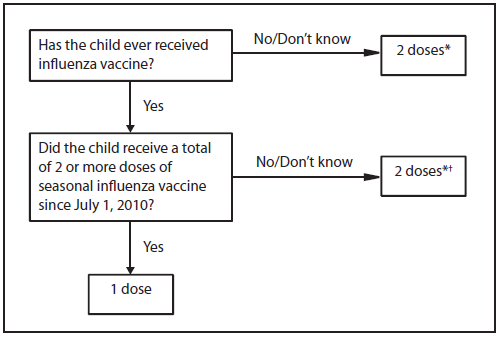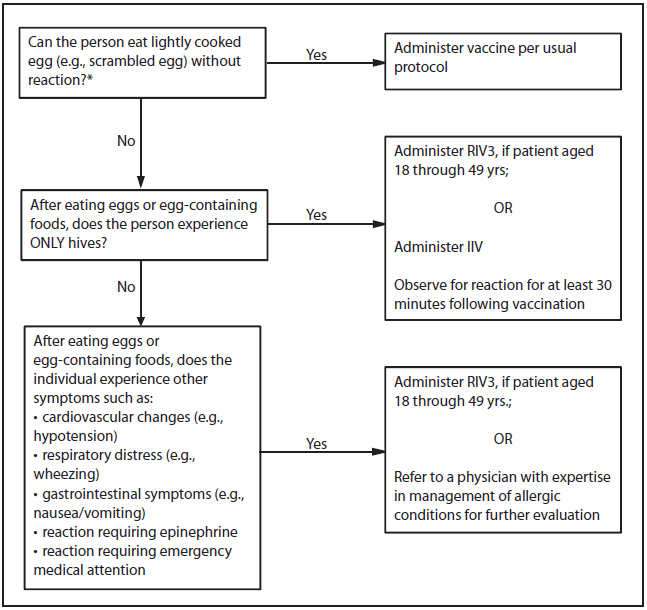Advisory Committee on Immunization Practices
Membership List, as of June 2013
Chair: Jonathan L. Temte, MD, PhD, University of Wisconsin School of Medicine and Public Health, Madison, Wisconsin.
Executive Secretary: Larry K. Pickering, MD, National Center for Immunization and Respiratory Diseases, CDC, Atlanta, Georgia.
Members: Nancy Bennett, MD, Rochester, New York; Joseph A. Bocchini, Jr, MD, Louisiana State University Health Sciences Center, Shreveport, Louisiana; Douglas Campos-Outcalt, MD, University of Arizona College of Medicine-Phoenix, Phoenix, Arizona; Tamera Coyne-Beasley, MD, University of North Carolina School of Medicine Chapel Hill, North Carolina; Jeffrey Duchin, MD, Public Health–Seattle and King County and University of Washington School of Medicine Seattle, Washington; Kathleen Harriman, PhD, California Department of Public Health, Richmond, California; Lee H. Harrison, MD, University of Pittsburgh, Pittsburgh, Pennsylvania; Renée R. Jenkins, MD, Howard University College of Medicine Washington, District of Columbia; Ruth A. Karron, MD, Johns Hopkins Bloomberg School of Public Health Baltimore, Maryland; Wendy A. Keitel, MD, Baylor College of Medicine Houston, Texas; Sara Rosenbaum, JD, George Washington University, Washington, District of Columbia; Lorry Rubin, MD, Hofstra–North Shore LIJ School of Medicine, Hempstead, New York; Mark H. Sawyer, MD, University of California, San Diego School of Medicine San Diego, California; Marietta Vázquez, MD, Yale University School of Medicine, New Haven, Connecticut.
Ex Officio Members: Centers for Medicare and Medicaid Services, Mary Beth Hance, Baltimore, Maryland; US Department of Defense, Jesse Geibe, MD, Atlanta, Georgia; Department of Veterans Affairs, Linda S. Kinsinger, MD, Durham, North Carolina; Food and Drug Administration; Wellington Sun, MD, Rockville, Maryland; Health Resources and Services Administration, Vito Caserta, MD, Rockville, Maryland; Indian Health Service, Amy Groom, MPH, Albuquerque, NM; National Vaccine Program Office, Bruce Gellin, MD, Washington, District of Columbia; National Institutes of Health, Richard L. Gorman, MD, Bethesda, Maryland.
Liaison Representatives: American Academy of Family Physicians, Jamie Loehr, MD, Ithaca, New York; American Academy of Pediatrics, Chair, Committee on Infectious Diseases, Michael T. Brady, MD, Columbus, Ohio; American Academy of Pediatrics; Red Book Editor, David Kimberlin, MD, Birmingham, Alabama; American Academy of Physician Assistants, Marie-Michèle Léger, MPH, Alexandria, Virginia; American College Health Association, James C. Turner, MD, Charlottesville, Virginia; American College of Obstetricians and Gynecologists, Laura E. Riley, MD, Boston, Massachusetts; American College of Physicians, Gregory A. Poland, MD, Rochester, Minnesota; American College of Physicians (alternate), Sandra Adamson Fryhofer, MD, Atlanta, Georgia; American Geriatrics Society, Kenneth Schmader, MD, Durham, North Carolina; America's Health Insurance Plans, Mark J. Netoskie, MD, Houston, Texas; American Medical Association, Sandra Adamson Fryhofer, MD, Atlanta, Georgia; American Nurses Association, Katie Brewer, MSN, Silver Spring, Maryland; American Osteopathic Association, Stanley E. Grogg, DO, Tulsa, Oklahoma; American Pharmacists Association, Stephan L. Foster, PharmD, Memphis, Tennessee; Association of Immunization Managers, Kelly Moore, MD, Nashville Tennessee; Association for Prevention Teaching and Research, W. Paul McKinney, MD, Louisville, Kentucky; Association of State and Territorial Health Officials; José Montero, MD, Concord, New Hampshire; Biotechnology Industry Organization, Clement Lewin, PhD, Cambridge, Massachusetts; Council of State and Territorial Epidemiologists, Christine Hahn, MD, State Epidemiologist Office of Epidemiology, Food Protection and Immunization, Boise, Idaho; Canadian National Advisory Committee on Immunization, Bryna Warshawsky, MDCM, London, Ontario, Canada; Department of Health, United Kingdom; David M. Salisbury, MB BS, London, England, United Kingdom; Healthcare Infection Control Practices Advisory Committee, Alexis Marie Elward, MD, St. Louis, Missouri; Infectious Diseases Society of America, Kathleen M. Neuzil, MD, Seattle, Washington; Infectious Diseases Society of America (alternate); Carol J. Baker, Houston, Texas; National Association of County and City Health Officials, Matthew Zahn, MD, Santa Ana, California; National Association of Pediatric Nurse Practitioners, Patricia A. Stinchfield, MS, St. Paul, Minnesota; National Foundation for Infectious Diseases, William Schaffner, MD, Nashville, Tennessee; National Immunization Council and Child Health Program, Mexico, Ignacio Villaseñor Ruiz, Mexico City, Federal District, Mexico; National Medical Association, Patricia Whitley-Williams, MD, New Brunswick, New Jersey; National Vaccine Advisory Committee, Walt Orenstein, MD, Atlanta, Georgia Pediatric Infectious Diseases Society, Janet A. Englund, MD, Seattle, Washington; Pharmaceutical Research and Manufacturers of America; Damian A. Braga, Swiftwater, Pennsylvania; Society for Adolescent Health and Medicine, Amy B. Middleman, MD, Houston, Texas; Society for Healthcare Epidemiology of America, Harry L. Keyserling, MD, Atlanta, Georgia.
ACIP Influenza Vaccine Work Group
Chair: Wendy Keitel, MD, Houston, Texas.
Members: Kevin Ault, MD, Atlanta, Georgia; Henry Bernstein, DO, Hempstead, New York; Jeff Duchin, MD, Seattle, Washington; Janet Englund, MD, Seattle, Washington; Sandra Fryhofer, MD, Atlanta, Georgia; Lee H. Harrison, MD, Pittsburgh, Pennsylvania; Lisa Ipp, MD, New York, New York; Ruth A. Karron, MD, Baltimore, Maryland; Marie‐Michèle Léger, MPH, Alexandria, Virginia; Susan Lett, MD, Jamaica Plain, Massachusetts; Jamie Loehr, MD, Ithaca, New York; Kathleen M. Neuzil, MD, Seattle, Washington; William Schaffner, MD, Nashville, Tennessee; Robert Schechter, MD, Richmond, California; Kenneth Schmader, MD, Durham, North Carolina; Tamara Sheffield, MD, Salt Lake City, Utah; Nadine Sicard, MD, Montreal, Quebec, Canada; Patricia Stinchfield, St. Paul, Minnesota; Matthew Zahn, MD, Santa Ana, California.
 ShareCompartir
ShareCompartir




